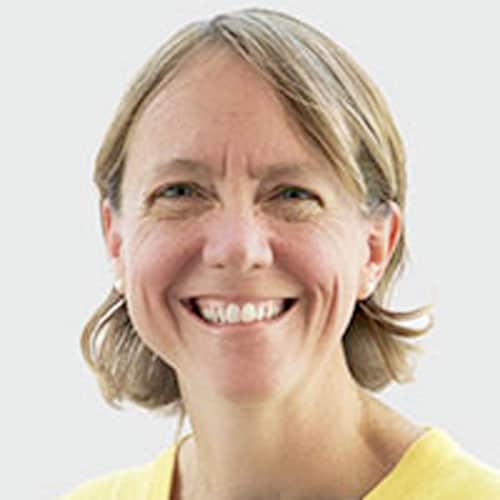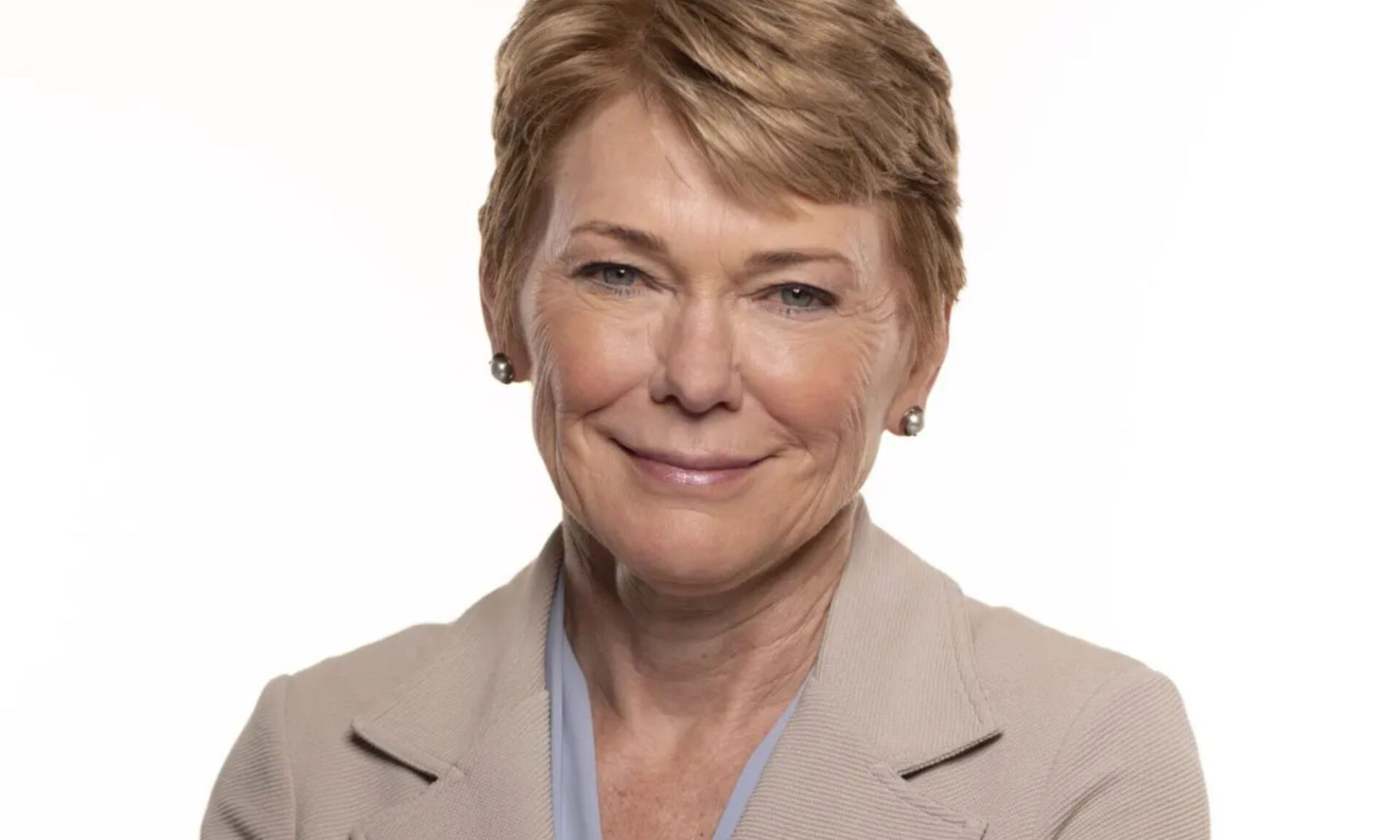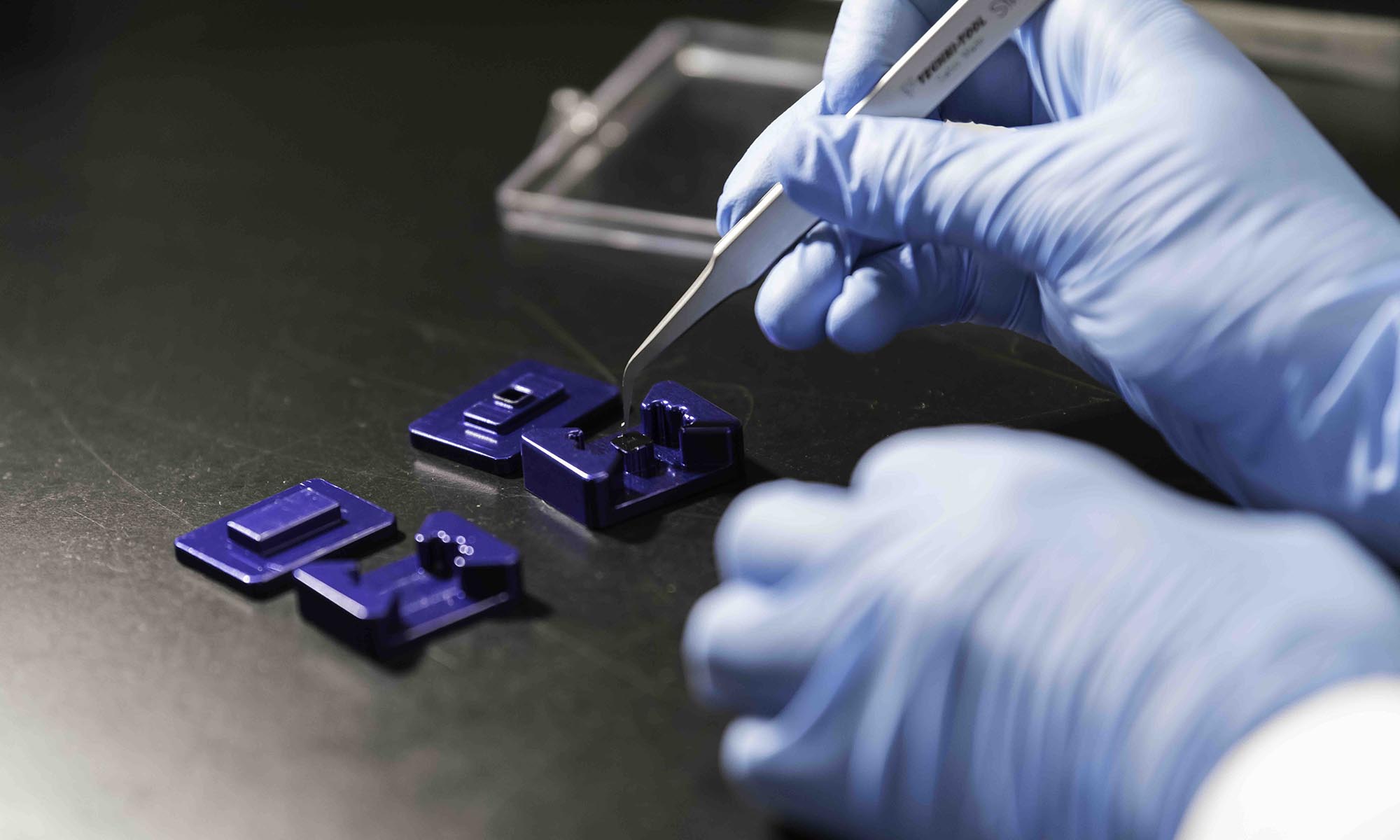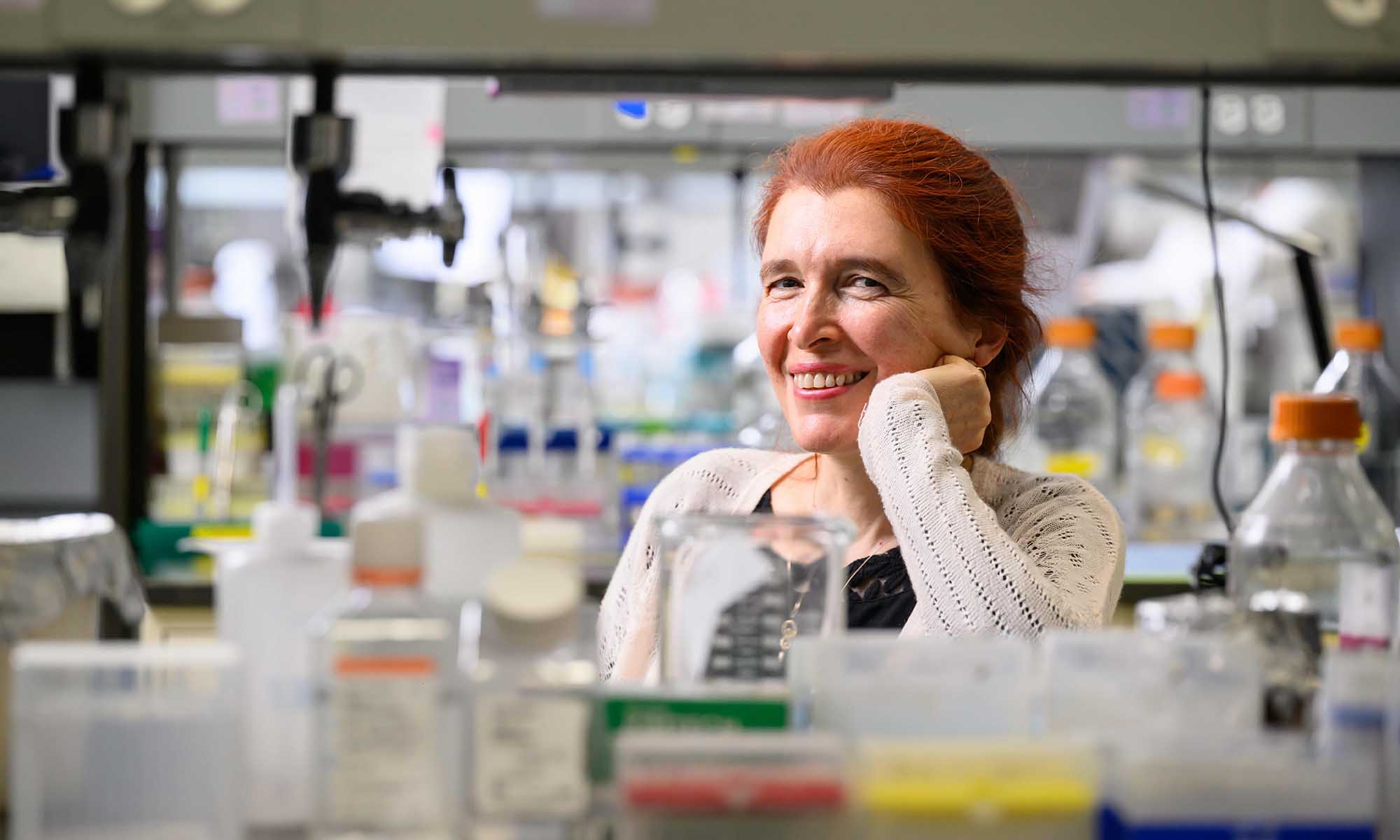The University has experienced strategic growth and progress under Mangelsdorf’s leadership in key areas.
Sarah Mangelsdorf, who in July 2019 began as the University of Rochester’s 11th president, has been reappointed to a new five-year term, as announced by the Board of Trustees. She will additionally continue to serve as the G. Robert Witmer, Jr. University Professor.
“The Board of Trustees has unanimously endorsed Sarah’s reappointment,” says Board Chair Rich Handler ’83. “She has demonstrated remarkable leadership throughout her tenure thus far during a period of enormous challenges and global volatility. Always forward-thinking, Sarah has assembled a world-class leadership team, led from the front line with purpose, passion, and empathy, and has laid the groundwork for the strategic and transformational initiatives that will be critical to our University’s success in the years to come.”
The appointment review committee cited numerous indicators of the University’s strategic growth and progress under Mangelsdorf’s leadership in key areas, including:
- A world-class leadership team: Mangelsdorf has assembled an experienced and collaborative leadership team to support the mission, operations, and strategy of a large research institution and medical center.
- Sound and thoughtful leadership during COVID-19: The beginning of Mangelsdorf’s presidency was dominated by the COVID-19 pandemic with a significant portion of leadership efforts devoted to the institutional responses in both the academic and the clinical areas. Over the first two years of her presidency, thoughtful and decisive leadership was required to address an overwhelmed hospital and health care system due to COVID illness; students’ health needs required appropriate actions for both living on campus and learning remotely.
- Stronger student quality and demand: The demand for a University of Rochester education continues to increase with undergraduate applications the highest ever in 2023. The class of 2027—the most academically accomplished in Rochester’s history—includes 22 percent first-generation students. The applications for graduate and professional programs also remain strong.
- A new organizational model and team focused on student success: A new organizational model to enhance student success was launched, including introducing a new vice president for student life, and a Student Experience Team designed to build an even richer and more robust student experience at Rochester.
- Strengthening of the Medical Center to continue meeting community health needs: Mangelsdorf worked with URMC leadership to address the challenges posed by the changes in the health care system, while significantly expanding and modernizing the infrastructure and services, including providing leadership for the development of the 330,000-square-foot, state-of-the-art UR Medicine Orthopedics and Physical Performance Center. The largest capital project in University history is also underway: the Strong Expansion Project features the construction of a 650,000-square-foot Emergency Department tower at Strong Memorial Hospital, which when completed will nearly triple the size of the ED and add more than 100 private inpatient rooms. In February, David Linehan, a renowned cancer surgeon-scientist, will begin as URMC CEO, dean of the School of Medicine and Dentistry, and senior vice president for health sciences.
- Increased research expenditures: The University continued an upward trend of total research expenditures for fiscal year 2022, reaching an all-time high of $460 million, up 10 percent from fiscal year 2021.
- Greater faculty diversity: The University has experienced success in attracting exceptional tenured faculty from other prominent institutions, and in increasing the diversity of tenure-eligible faculty. At the beginning of Mangelsdorf’s presidency, the composition of tenure-eligible faculty was 20 percent non-white, 5 percent from historically marginalized groups, and 40 percent female. Today, the composition has risen to 34 percent non-white, 11 percent from historically marginalized groups, and 50 percent female. Additionally, a Department of Black Studies was formed, including the initiation and stewardship of the first cluster-hire to launch this department. And in December 2023, the University received a $3 million Mellon Foundation grant to support the cluster hiring of three new tenure-track faculty members in the new department.
- Growth of the Laboratory for Laser Energetics’ funding and footprint: The LLE secured an $86 million appropriation—the largest ever—from the federal government this year to continue its critical science and technology research. In 2022, the LLE also broke ground on a $42 million, 66,000-square-foot addition to expand office and lab space.
- Successful advancement and fundraising operation: The University set a new institutional single-year record for total fundraising in 2023, surpassing the record from 2015 at the peak of the University’s last capital campaign.
- Greater engagement with local community leaders: Over the past four years, Mangelsdorf has prioritized stronger communication and engagement with the Rochester community, which included hiring the University’s first vice president for community partnerships. Mangelsdorf also established strong bonds with state and national government officials, and locally serves on the board of ROC2025, an economic development alliance in the Rochester region.
- Human resources infrastructure and pay equity improvements: The Career Path Modernization (CPM) project and Human Capital management system implementation is a multiyear endeavor to transform the current structure to modernize and better align employee job titles, career paths, and compensation programs across the institution. Mangelsdorf also in 2018 moved up by more than a year the implementation date of the commitment to raise the minimum wage for University employees.
- National AAU leadership: Mangelsdorf plays a leadership role in the American Association of Universities in promoting educational initiatives to expand and diversify the engineering workforce, an essential component of achieving the goals of the CHIPS and Science Act.
- Introduced the Boundless Possibility Strategic Plan: In fall 2021, Mangelsdorf began the development and eventual roll-out of the University’s 2030 strategic plan, Boundless Possibility, to serve as the touchstone to strengthen and support the mission and core values of a global research university and academic medical center for the next seven years and beyond.
“Sarah has brought the University and its extended community of alumni together through her steady leadership and delivers such a thoughtful and enthusiastic approach to her presidency,” says Board Vice Chair Carol Karp ’74. “She is passionate about Rochester and is integral to the University achieving our strategic goals, and I am thrilled that Sarah will serve another five-year term.”
In response to the Board’s action, Mangelsdorf says, “I am deeply grateful for the Board’s support and for the opportunity to continue leading our great University, which I consider an honor. Together, as a community and as one university, we will continue the work that further strengthens our position as one of the nation’s leading research universities. I want to thank all of the members of our University community—our faculty, staff, and students—who every day contribute the strong efforts, keen knowledge, and positive Meliora spirit that drive our institutional success.
“Guided by our 2030 strategic plan, we will focus on continuing our strong tradition of academic excellence, cultivating a vibrant and inclusive living and learning environment for our students, delivering the highest quality health care to patients, and being a strong partner with our local community—all efforts to further the mission of our University: to Learn, Discover, Heal, Create—and Make the World Ever Better,” she says.





